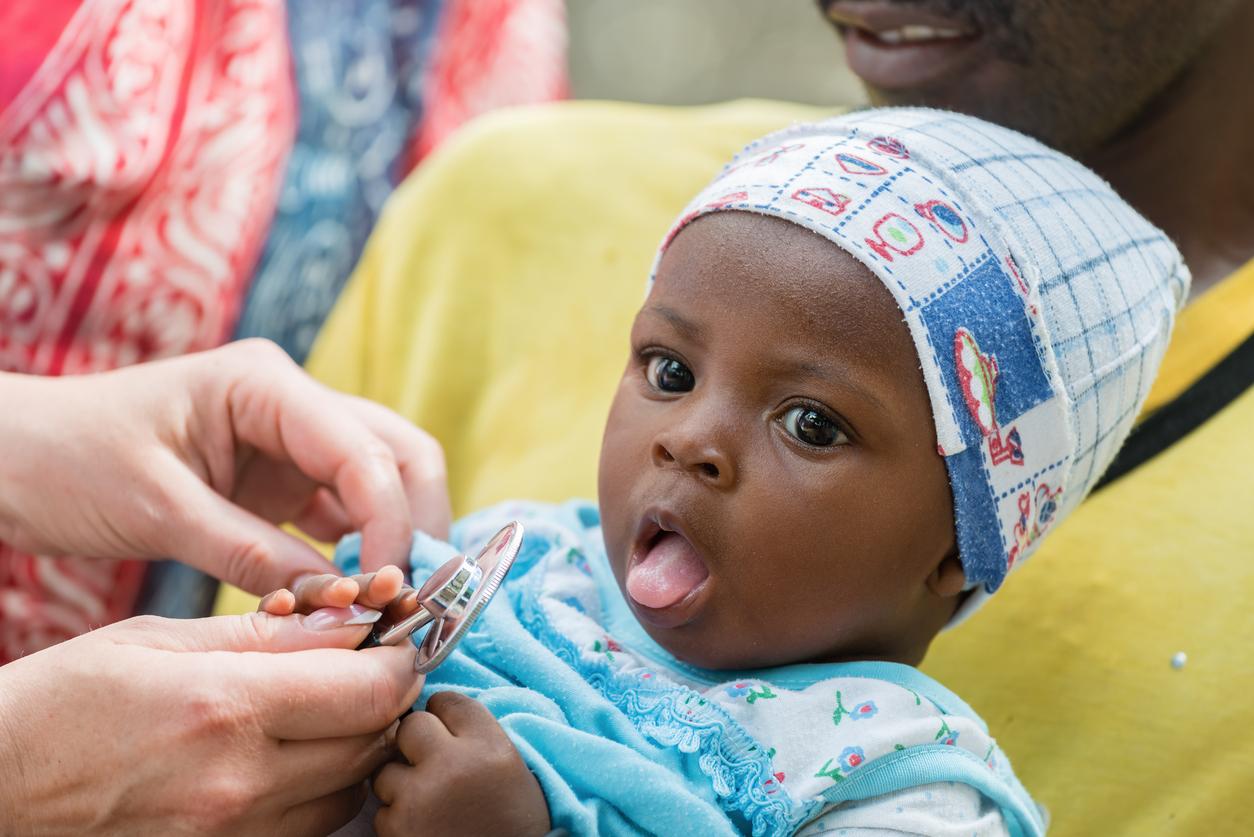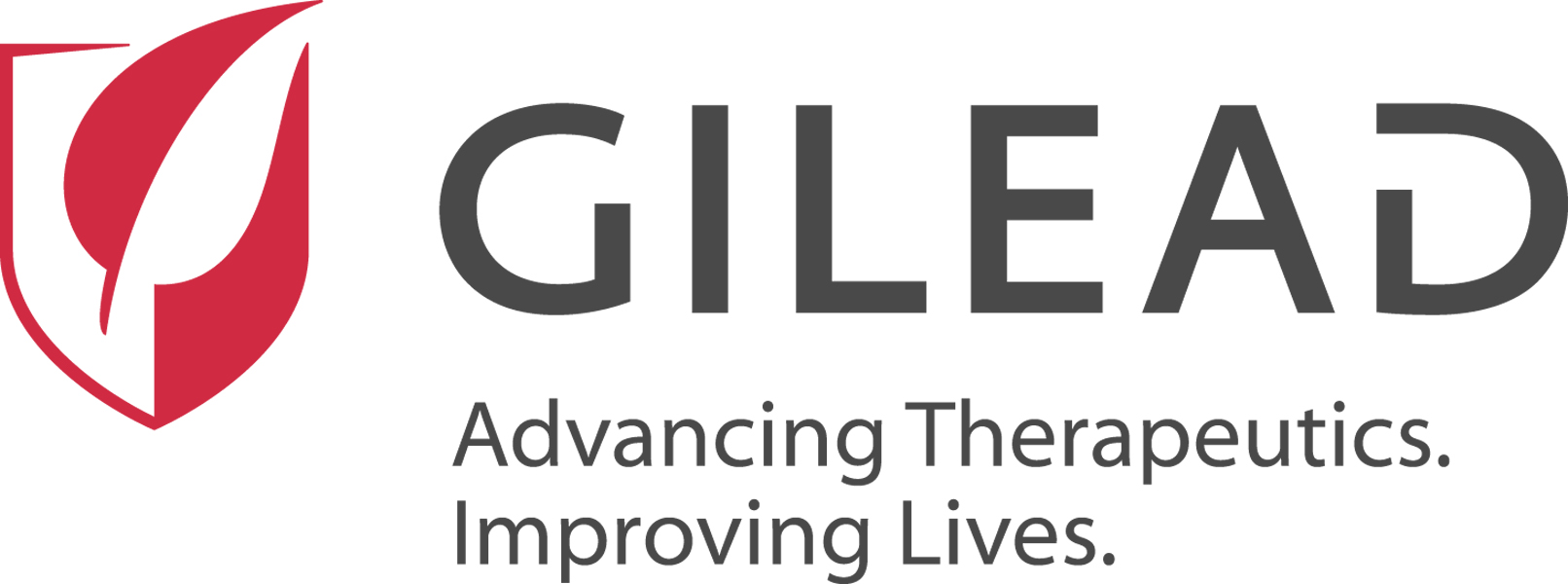The latest in a series of randomized controlled trials investigating the potential of mass azithromycin administration to reduce childhood mortality in Africa has found the practice did not result in lower mortality in infants 1 to 11 months of age in Mali, researchers reported yesterday in the New England Journal of Medicine.
In the trial, investigators from Mali, Finland, and the United Kingdom randomly assigned infants in villages in Mali to receive placebo every 3 months (the control group), azithromycin two times a year, or azithromycin four times a year. The primary outcome was death from any cause within 3 months after eligibility had been confirmed.
In 2020, the World Health Organization (WHO) recommended consideration of mass azithromycin administration to children aged 1 to 11 months in high-mortality settings based on the 2018 results of the MORDOR trial, which found a 13.5% lower incidence of death from any cause among children aged 1 to 5 years in Niger, Malawi, and Tanzania who received twice yearly doses of the antibiotic compared with those who received placebo.
The WHO wanted to limit the intervention to the youngest children, because the greatest reduction in mortality in the MORDOR trial was observed in infants aged 1 to 5 months. There was also concern that wider azithromycin distribution might promote antibiotic resistance. Results of subsequent trials, however, have suggested that giving twice-yearly doses of azithromycin to all children up to 5 years old may have a greater impact.
No difference in mortality among groups
A total of 1,151 villages were enrolled in the trial from December 2020 through December 2022, with 386 villages assigned to the control group, 511 to the twice-yearly azithromycin group, and 254 to the quarterly azithromycin group. Among all the villages enrolled in the trial, 149,040 received at least one dose of placebo or azithromycin. A total of 968 deaths of infants aged 1 to 11 months were recorded over the course of the trial.
In the intention-to-treat population, mortality was 11.9 deaths per 1,000 person-years at-risk in the control group, 11.8 deaths per 1,000 person-years in the twice-yearly azithromycin group, and 11.3 deaths per 1,000 person-years in the quarterly azithromycin group. The incidence rate ratio for mortality was 1.00 (95% confidence interval [CI], 0.83 to 1.19) in the twice-yearly azithromycin group compared with the control group, 0.93 (95% CI, 0.75 to 1.15) in the quarterly azithromycin group compared with the control group, and 0.93 (95% CI, 0.76 to 1.15) in the quarterly group compared with the twice-yearly group.
Adverse events were rare overall, and the percentage of infants with adverse events was similar across the three groups.
"Mass administration of azithromycin, limited to infants 1 to 11 months of age, did not result in lower infant or child mortality than placebo, regardless of whether azithromycin was delivered twice yearly or quarterly," they study authors wrote.
Evidence suggests that a mortality benefit may require targeting a wider age group.
The authors note the findings align with those of the 2024 AVENIR trial, which was conducted in Niger and found no significant reduction in mortality when twice-yearly administration of azithromycin was limited to infants aged 1 to 11 months.
"WHO guidelines currently recommend targeting infants 1 to 11 months of age if mass administration of azithromycin is considered for child survival," the authors of the new study concluded. "Although this focused approach will certainly limit the risk of antimicrobial resistance, the latest evidence suggests that a mortality benefit may require targeting a wider age group."
























